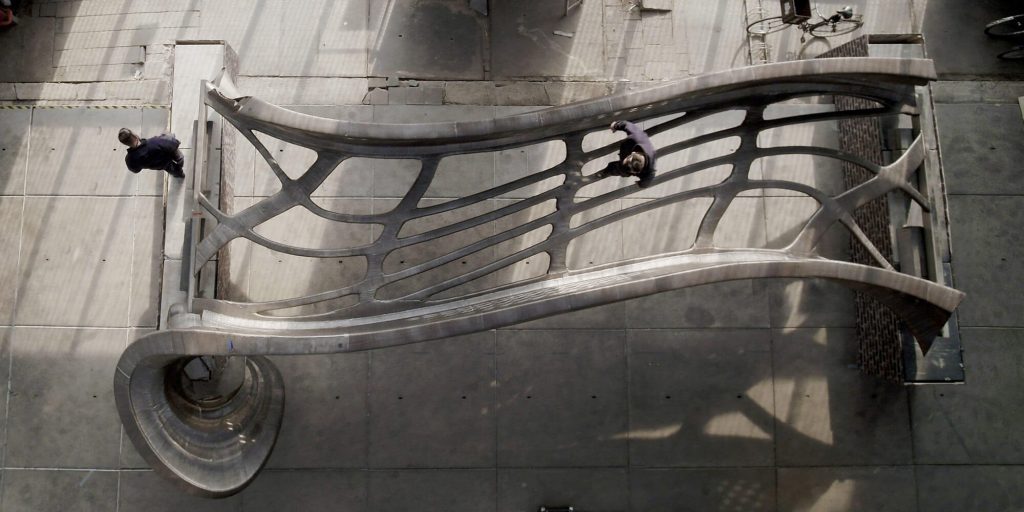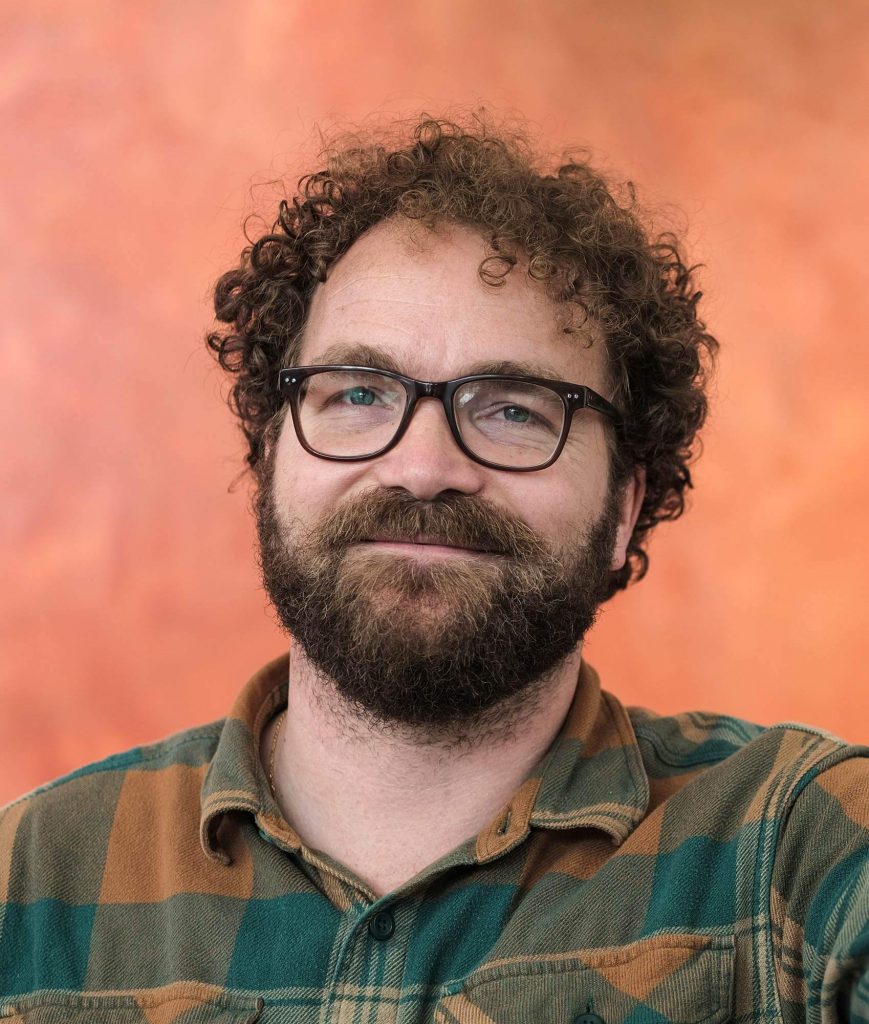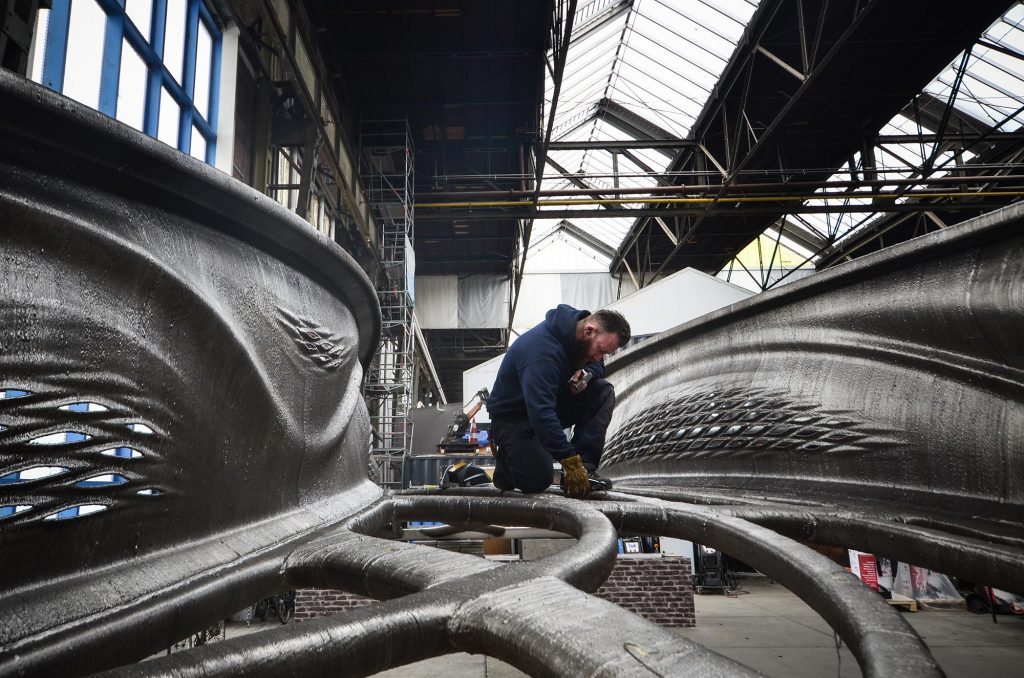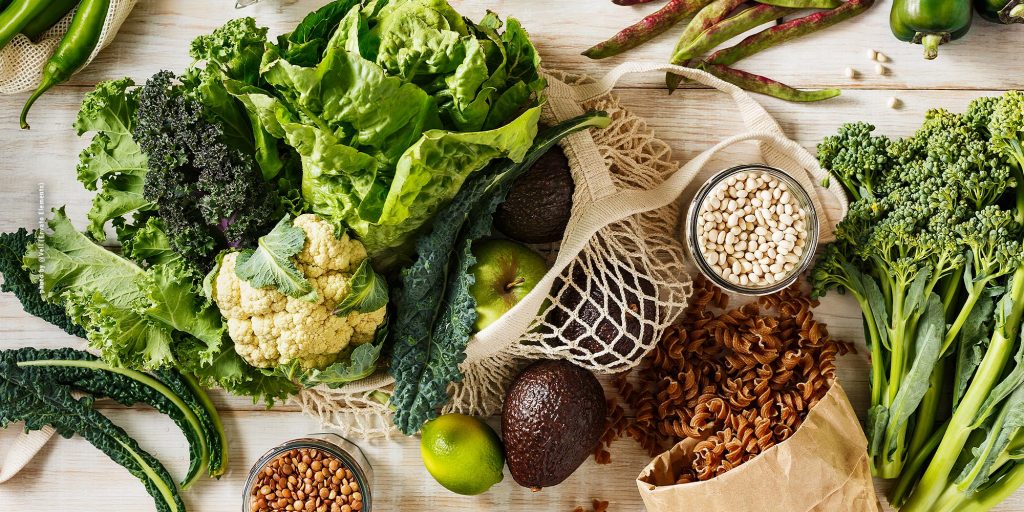The first 3-D printed steel bridge
The grand prize in the Innovative Collaboration category of the 2018 STARTS Prize – awarded by the European Commission – goes to a Dutch joint venture, MX3D and Joris Laarman Lab. The collaborative project Amsterdam’s 3D Printed Steel Bridge has opened a door for all 3-D printers, researchers, engineers, architects and city planners who will be configuring urban spaces in the future. The organically formed, stainless steel bridge is 12.5 meters long and 6.3 meters wide. It will span the Oudezijds Achterburgwal, Amsterdam’s oldest and most famous canal.
We met Gijs van der Velden from the MX3D team and learned more about the project.
Large scale 3D metal printing – how did this vision arise?
Gijs van der Velden: The team has experimented with all sorts of digital design and fabrication methods over the last 15 years. The goal is to discover how these technologies will impact our future, how can they make future objects and buildings more beautiful and interesting? 3D printing was always a key part of this research. We noticed that all the developments were strongly focussed on small, precise and in the box printing. As designers our interest however were bigger, we wanted to print furniture or small architecture.
In 2012 we therefor decided to develop our own printer. One that allowed us printing in virtually unlimited scale, not bound by a classic box. After initial experiments in two component resin, we quickly shifted our attention to metals. We connected a welding machine to our robot and started experimenting. We had to build our own software and learn how to weld with robots all from the ground up. And even though welding experts tried to discourage us, quickly the results were great, we could draw steel in mid-air. To prove the potential of this new technique we created several art pieces and a bike. These projects ultimately led to the bold idea to print a bridge.
Which major challenges have there been since the presentation of the concept in 2015 and how have they been overcome?
Gijs van der Velden: Which challenge didn’t we encounter :). We of course started with a radical vision. And it was clear from the beginning that we would not be able to complete the project exactly like planned. If we would have been able to do that it would not have been a challenging enough idea! Building a consortium and gathering budget was challenging but turned out to be the least of our problems. Many companies and institutes loved the project just as much as we did. A key challenge was to build a collective discours between designer, technician, engineer and city regulator. How could we make a bridge with a totally new technology and still get this prototype approved for use in the city. Another challenge was the lack of engineering software that could do the calculations on our complicated 3D model.
The essence of a bridge is its stability – how is this ensured during printing?
Gijs van der Velden: The stability was ensured before starting by doing material research and a constantly updated finite element analyse. We eventually choose a structure that was sufficiently stiff. We also opted for several additional safety measures, like an increased wall thickness & a standard steel deck.
STARTS stands for science, technology and art. What experience have you had with the various actors from the diverse disciplines? How did this collaboration work in your team?
Gijs van der Velden: In our project the key drivers were the art and the technology. They determined together what would be the best we could do under the challenging circumstances of an eternal lack of time, budget and people. Because the creative driver was so strong all the rest of the participants got a clear directive from the beginning. This way they were strongly guided in what was absolutely necessary to prove and when. For science such pressure is perhaps not always desired, but it did turn out very effective.
What happens next with the project?
Gijs van der Velden: The bridge will be finalized in October. We will test the sensor system live, probably on a Dutch festival, allowing visitors to pass the bridge for the first time. Once all is tested and approved the bridge will be place in the city center of Amsterdam next year, and hopefully it will find its final resting place there. The data that we collect once the bridge is in place will be used to build a digital twin. This twin serves as a tool to develop our design language exponentially faster than when we would ‘trial and error’ test our assumptions. Already a second bridge will be much lighter, radical in a structural sense than the first one. Already we have several great new projects in the pipeline that will allow us to improve the potential of this new creative technology.
Where do you see room for improvement in 3D printing?
Gijs van der Velden: Once we truly achieve full automation and understand the material properties completely the algorithms will truly start revealing the possibilities of this technology. I am very curious to see what new aesthetic will form once this becomes a reality.
by Martin Hieslmair 2018/06/05




